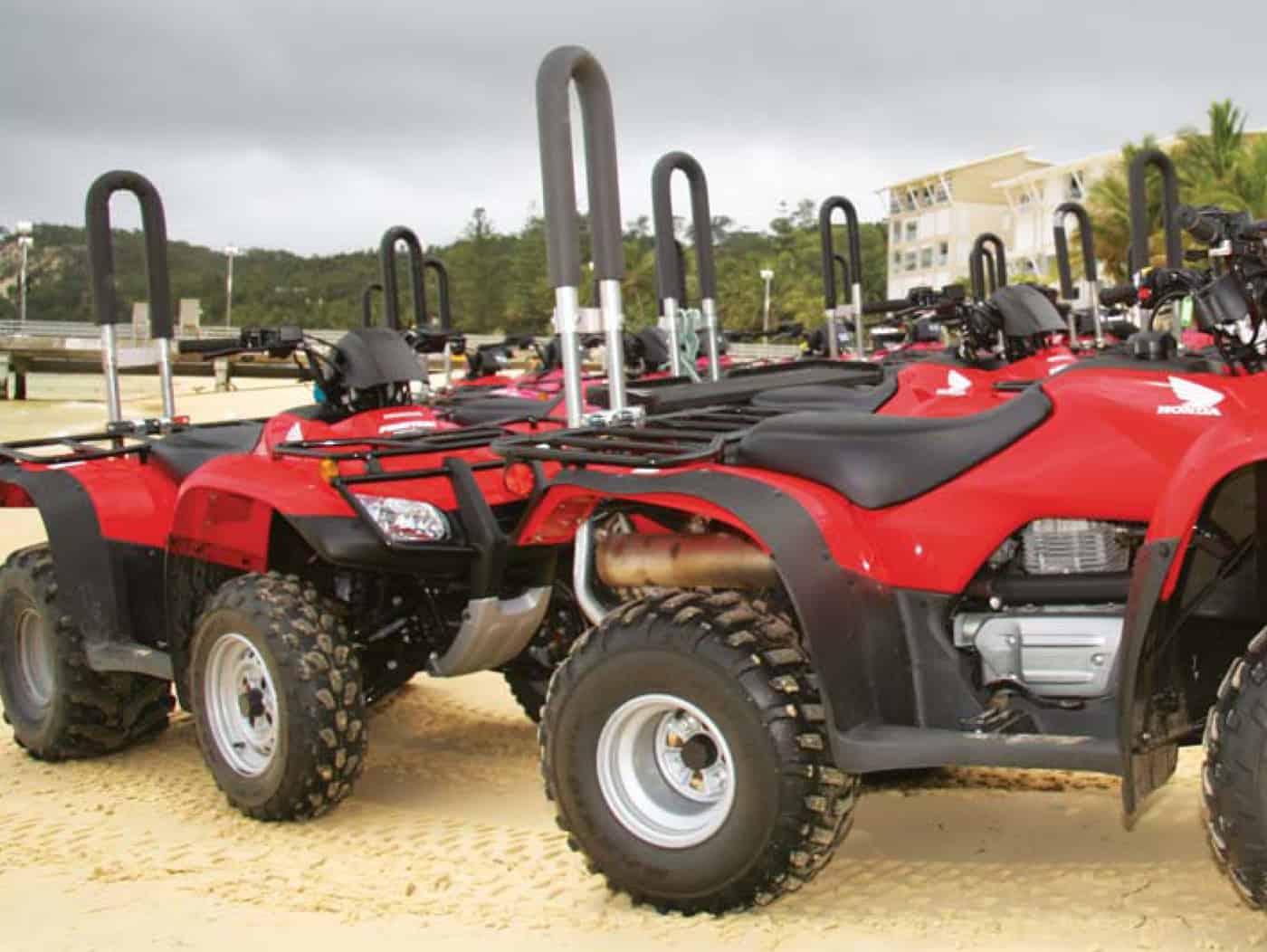Since the quad bike safety roundtable a couple of months ago, the safety debate about quad bikes has been quiet however, the issue has lost little of its topicality. On 5 December The Weekly Times again devoted its front page, and editorial, to quad bike safety.
The newsworthiness stems from quad bike manufacturer, CFMoto offering
“…the Quadbar device through its dealership across Australia, conceding crush protection for ATVs was “inevitable”.” (link added)
This is a noticeable break from the other motorcycle manufacturers represented in Australia by the Federal Chamber of Automotive Industries (FCAI). Contrary to the FCAI comments in the article, CFMoto is not a backyard manufacturer. According to its website profile:
“CFMoto’s ATV and UTV range has been the second largest selling throughout much of Europe for the reporting period between the January ’08 and June ’10. And since arriving in Australia has become the fastest growing ATV brand in Australia!” Continue reading “One quad bike manufacturer seizes the day on safety”



